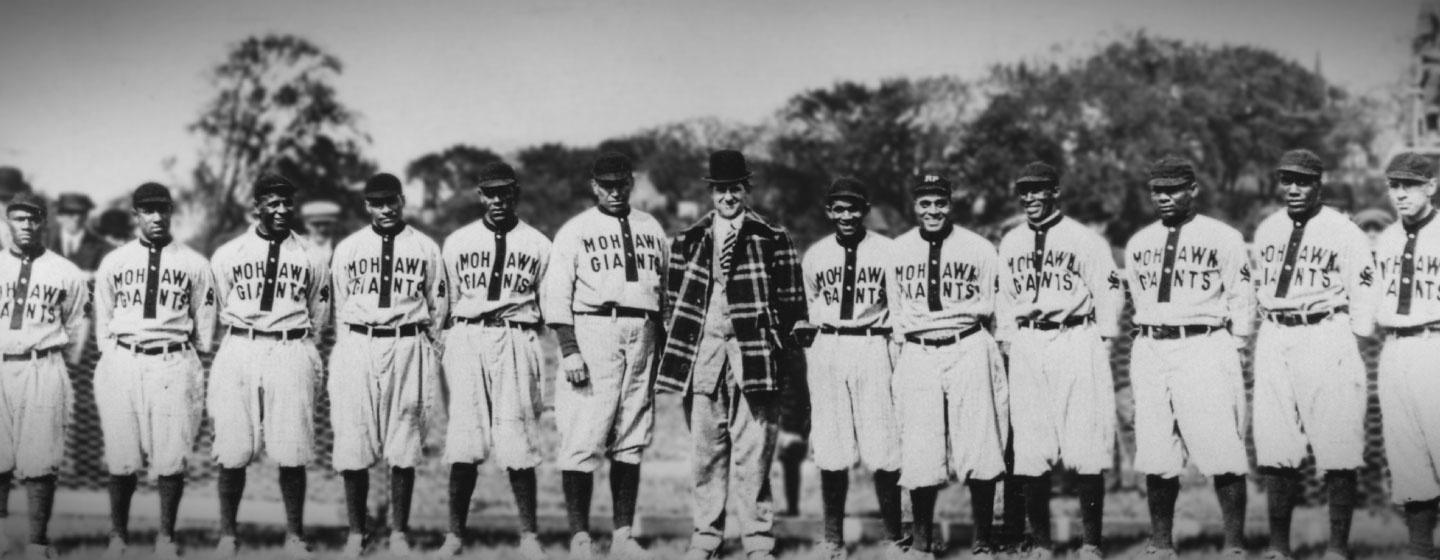Baseball history is all around our region with Abner Doubleday, recognized as a founder of baseball, from the Ballston Spa area and the National Baseball Hall of Fame being right in Cooperstown. The region is home to history around the Negro Baseball Leagues with the Mohawk Giants based in Schenectady.
The Negro Leagues officially celebrated a century since they were formed in the spring of 1920. Continue the celebration and the learning with these suggestions of books, videos, and other resources from the Crandall Public Library and WMHT Public Media.
Learn more about the Mohawk Giants in a Watch with WMHT Facebook Watch Party of The Mohawk Giants: Schenectady and the Negro Leagues on Thursday, June 18 at 7pm on WMHT Public Media's Facebook Page.



